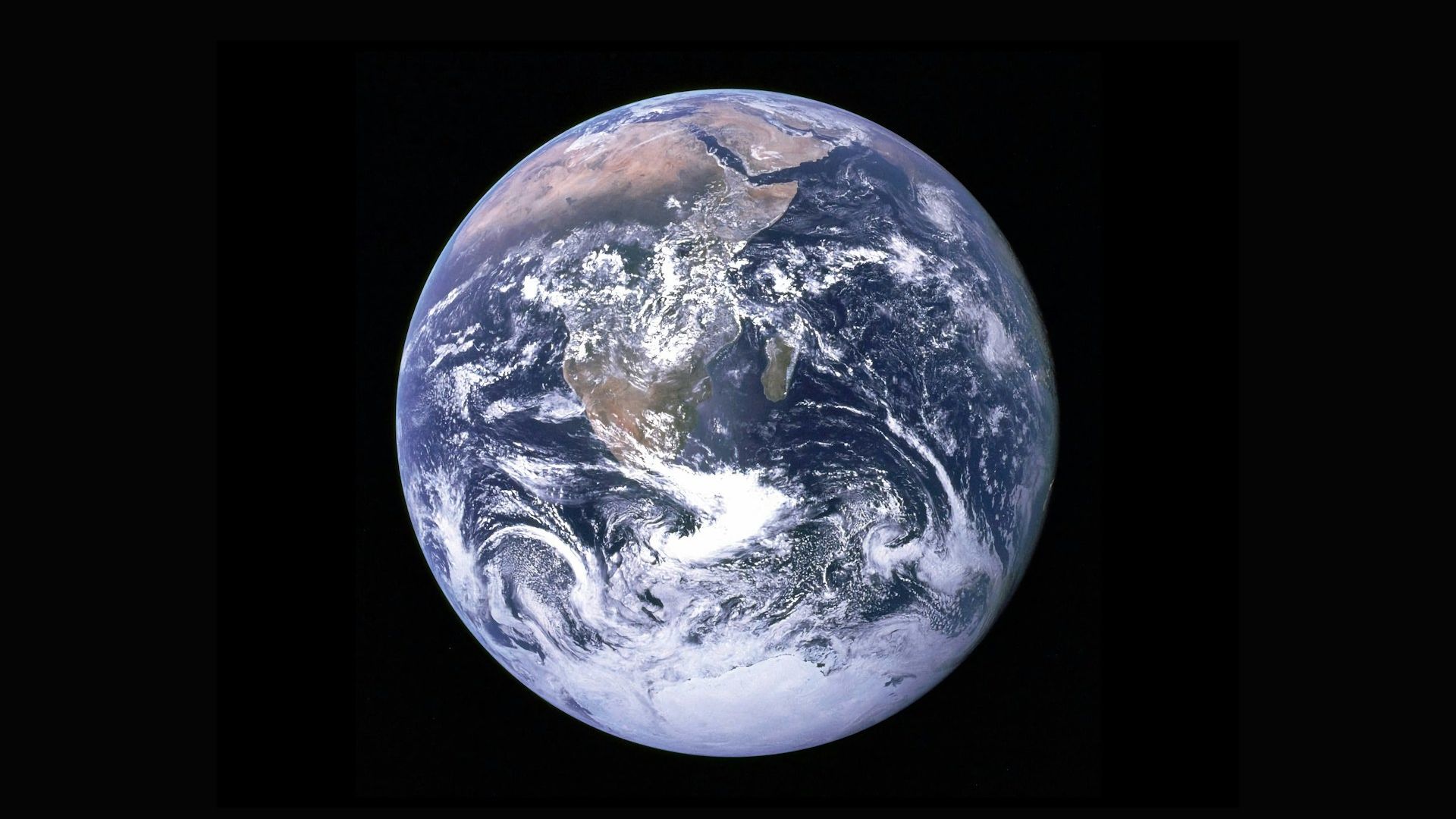A solar geoengineering solution which involves ‘brightening clouds’ to reflect more of the sun’s energy has hit a major obstacle to its feasibility.
A University of Washington experiment, intended ultimately to affect the Earth’s weather patterns, was unanimously blocked by Alameda City Council in California last month, but wealthy funders continue to support sun blotting projects.
Solar Geoengineering as a Potential Climate Solution

Solar geoengineering is the use of scientific techniques, such as spraying aerosols high in the Earth’s atmosphere at regular intervals, to reflect some of the sun’s heat and light back into space.
This is intended to combat climate change by reducing global temperatures, but it comes with major risks and uncertainties.
University of Washington Plan Announced in New York Times

The Alameda City Council were surprised to read about the plan in their district first via the New York Times, rather than directly from the scientists involved.
Alameda Mayor Marilyn Ezzy Ashcrafte addressed the researchers, telling them, “I’m not thrilled when I open the paper and read about this controversial experiment taking place in the Bay Area. I thought, ‘oh, I wonder where that is. Alameda? What?'”
Council Blocks Plans Over Safety Concerns

Last month, the council voted unanimously to block the planned, preliminary research, largely due to lack of transparency in the research proposals.
The University of Washington researchers had planned to spray seawater from the deck of a disused aircraft carrier, which they said was in too low concentrations to have any adverse health effects on nearby populations.
Solar Geoengineering a Controversial Climate Solution

Solar geoengineering continues to generate controversy due to concerns over its feasibility and danger.
It is worried that it could have unforeseen and potentially drastic impacts on the environment due to the widespread nature of its effects on global weather patterns.
A Lot of Money in Solar Geoengineering

Despite misgivings about the risks of the science, solar geoengineering solutions have received plenty of funding from climate-conscious millionaires and billionaires.
Quadrature Capital’s Quadrature Climate Foundation, which has a $930 million, have plans to invest $40 million in the field.
Hedge Fund and Silicon Valley Interest

Among those most interested include a Google executive, a cryptocurrency billionaire, and a hedge fund manager.
The Simons Foundation, which was established in 1994 by Jim Simons, a former hedge fund manager and his wife Marilyn, are longtime supporters of the University of Washington and particularly “the role of aerosols in the atmosphere,” according to president David Spergel.
No Fossil Fuel Funding

Although it may have the potential to mitigate the effects of fossil fuel burning, funders have pointed out that there isn’t any registered fossil fuel industry in the area.
SilverLining Executive Director Kelly Wanser, whose company funds about 10% of the Alameda research, told POLITICO “there’s no money from any kind of fossil interests or anything like that.”
Strong Belief That Solar Interventions Are Solution

The Pritzker Foundation, run by Hyatt heiress Rachel Pritzker, indicates the foundation’s commitment to answering the necessary questions regarding interventions such as “climate interventions like marine cloud-brightening”.
Pritzker says that “we will only get answers to these questions through open research that can inform science-based, democratic decision-making.”
Aim to Convince Public

The public remain skeptical of drastic climate action such as geoengineering, so a major barrier in deploying these kinds of climate solutions is seen to be convincing the public of their efficacy and feasibility.
Pritzker suggests that the Alameda research was “a fantastic model for educating the public on this important type of research” and hopes that “there are more such opportunities in the future.”


